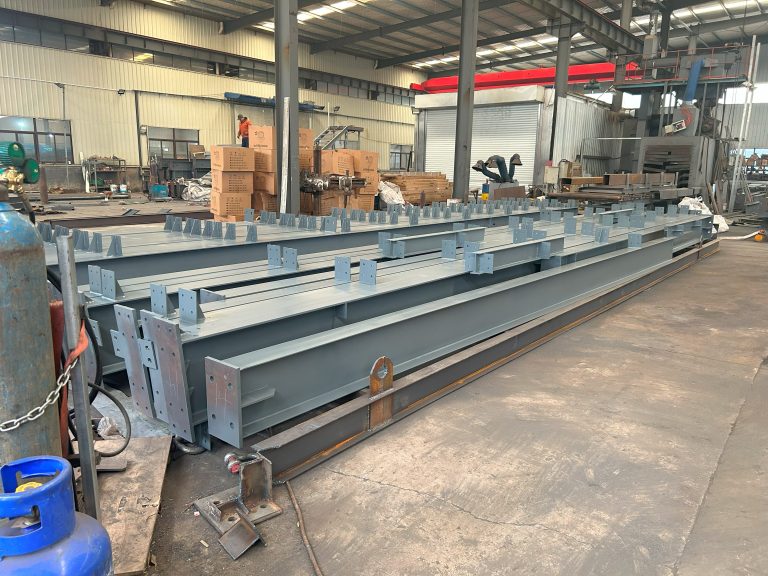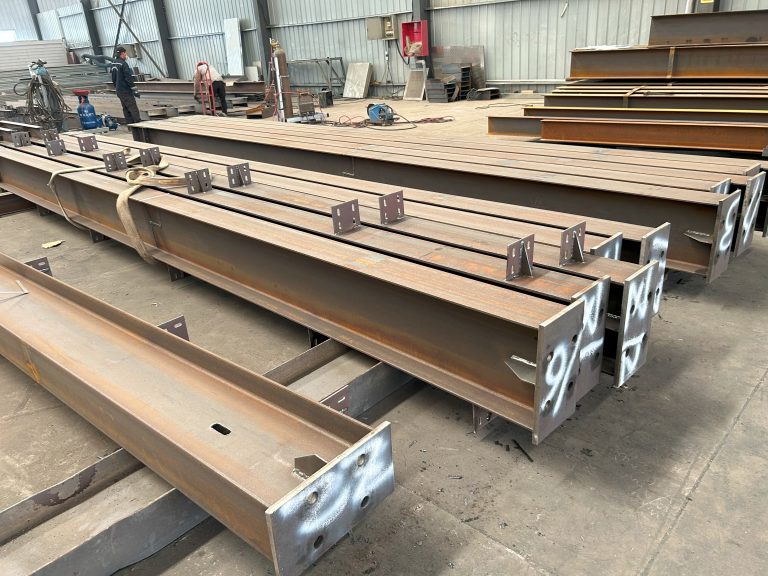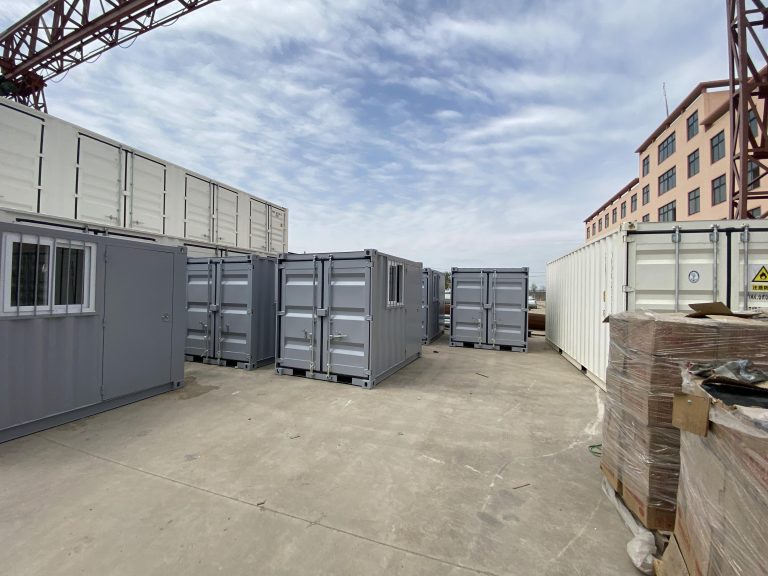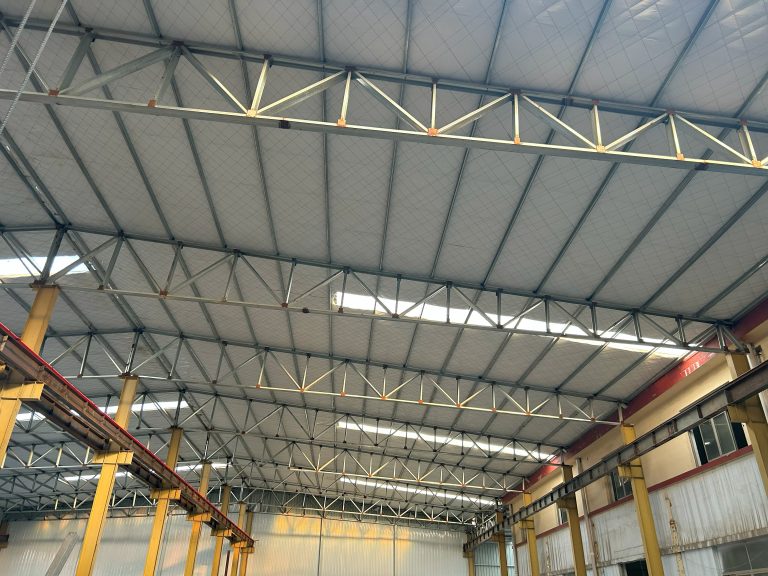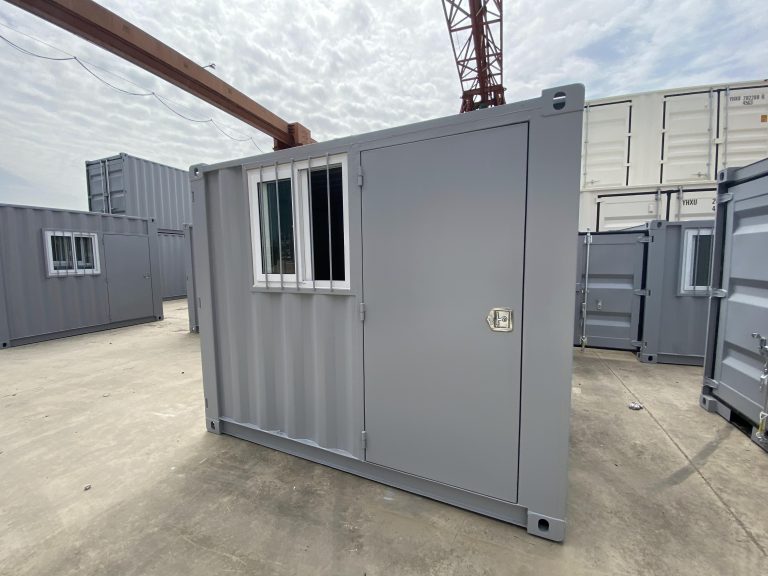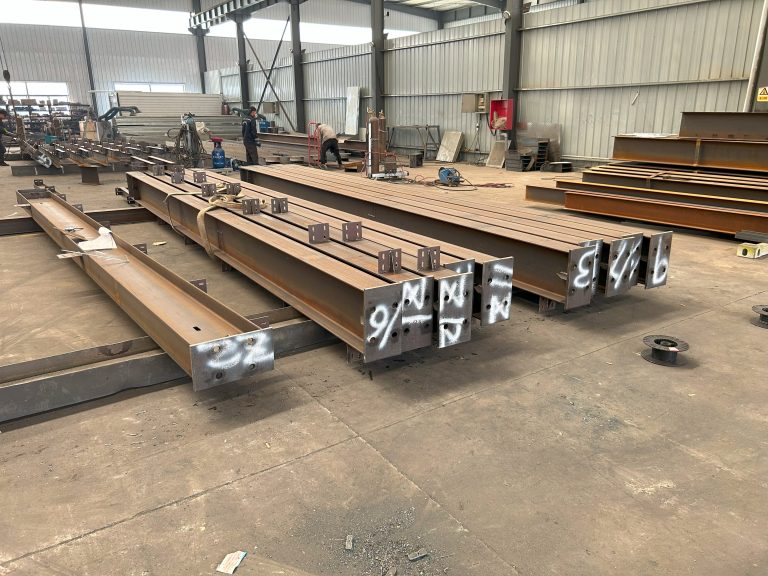The design and safety management of the audience flow line of the container house in the temporary sports stadium
Table of Contents
Design Considerations for Audience Flow Line in Temporary Sports Stadium Container House
Temporary sports stadiums are a common sight during major sporting events, providing a venue for spectators to enjoy the excitement of the games. One important aspect of these stadiums is the design and safety management of the audience flow line, particularly in container houses that are used as seating areas. The audience flow line refers to the path that spectators take as they enter, move around, and exit the stadium. It is crucial to ensure that this flow line is well-designed to prevent overcrowding, ensure efficient movement, and most importantly, maintain the safety of the spectators.
When designing the audience flow line in a container house, several factors must be taken into consideration. The layout of the seating area, the placement of entrances and exits, and the overall capacity of the stadium all play a role in determining how spectators will move through the space. It is essential to create a clear and logical flow line that guides spectators from the entrance to their seats and then safely out of the stadium at the end of the event.
One key consideration in designing the audience flow line is the placement of entrances and exits. These must be strategically located to allow for easy access and egress, while also preventing bottlenecks and overcrowding. It is important to have multiple entrances and exits to distribute the flow of spectators evenly throughout the stadium. Additionally, these entry and exit points should be clearly marked and easily identifiable to ensure that spectators can find their way in and out of the stadium quickly and efficiently.
Another important aspect of the audience flow line design is the layout of the seating area. The arrangement of seats should allow for easy movement between rows and sections, with clear pathways that are free from obstructions. It is crucial to ensure that there is enough space for spectators to move comfortably and safely, especially in the event of an emergency evacuation. Adequate aisle widths, handrails, and lighting are all essential elements to consider when designing the seating layout in a container house.
In addition to the physical design of the audience flow line, safety management is also a critical aspect of ensuring the well-being of spectators. Stadium staff must be trained to monitor and manage the flow of spectators, especially during peak times such as entry and exit. Crowd control measures, such as barriers and signage, can help to guide spectators and prevent overcrowding in key areas. It is also important to have emergency evacuation procedures in place and to conduct regular drills to ensure that staff and spectators are prepared in the event of an emergency.
Overall, the design and safety management of the audience flow line in a container house in a temporary sports stadium are essential considerations for ensuring the smooth operation of the venue and the safety of spectators. By carefully planning the layout of the seating area, the placement of entrances and exits, and implementing effective crowd control measures, stadium operators can create a safe and enjoyable experience for all attendees. With proper design and management, the audience flow line can contribute to the overall success of the event and ensure that spectators can focus on the excitement of the games without worrying about their safety.
Safety Management Strategies for Audience Flow Line in Temporary Sports Stadium Container House
Temporary sports stadiums are a common sight during major sporting events, providing a venue for spectators to enjoy the excitement of the games. One important aspect of these temporary structures is the design and safety management of the audience flow line, particularly in container houses that are used to accommodate spectators. Ensuring the safety of the audience is paramount, and careful planning and implementation of safety measures are essential to prevent accidents and ensure a smooth flow of people in and out of the stadium.
One key consideration in the design of the audience flow line is the layout of the container house. The placement of entrances and exits, as well as the arrangement of seating areas, must be carefully planned to facilitate the movement of spectators. Clear signage and designated pathways can help guide people to their seats and ensure that they can easily find their way out in case of an emergency. Additionally, the capacity of the container house must be carefully calculated to prevent overcrowding and ensure that there is enough space for people to move around comfortably.
Another important aspect of safety management in the audience flow line is the implementation of crowd control measures. Security personnel should be stationed at key points throughout the stadium to monitor the flow of people and intervene if necessary. Crowd barriers can also be used to direct the movement of spectators and prevent overcrowding in certain areas. In case of an emergency, such as a fire or other disaster, it is essential to have evacuation plans in place to ensure that people can safely exit the stadium in a timely manner.
In addition to physical measures, communication is also key to ensuring the safety of the audience. Clear announcements should be made over the public address system to provide instructions to spectators in case of an emergency. Information should also be provided on how to access emergency exits and evacuation routes. In some cases, it may be necessary to use digital signage or mobile apps to provide real-time updates to spectators and ensure that everyone is aware of what is happening.

Regular training and drills are essential to ensure that staff and security personnel are prepared to handle emergencies and manage the flow of people in the stadium. Mock evacuation exercises can help identify potential bottlenecks and areas where improvements can be made. It is also important to conduct regular inspections of the stadium and its facilities to ensure that they meet safety standards and are in good working condition.
In conclusion, the design and safety management of the audience flow line in container houses in temporary sports stadiums is a critical aspect of ensuring the safety of spectators. By carefully planning the layout of the stadium, implementing crowd control measures, and providing clear communication to spectators, organizers can help prevent accidents and ensure that everyone can enjoy the games in a safe and secure environment. Regular training and drills are essential to ensure that staff are prepared to handle emergencies, and regular inspections can help identify areas for improvement. By taking these steps, organizers can create a safe and enjoyable experience for all spectators.

